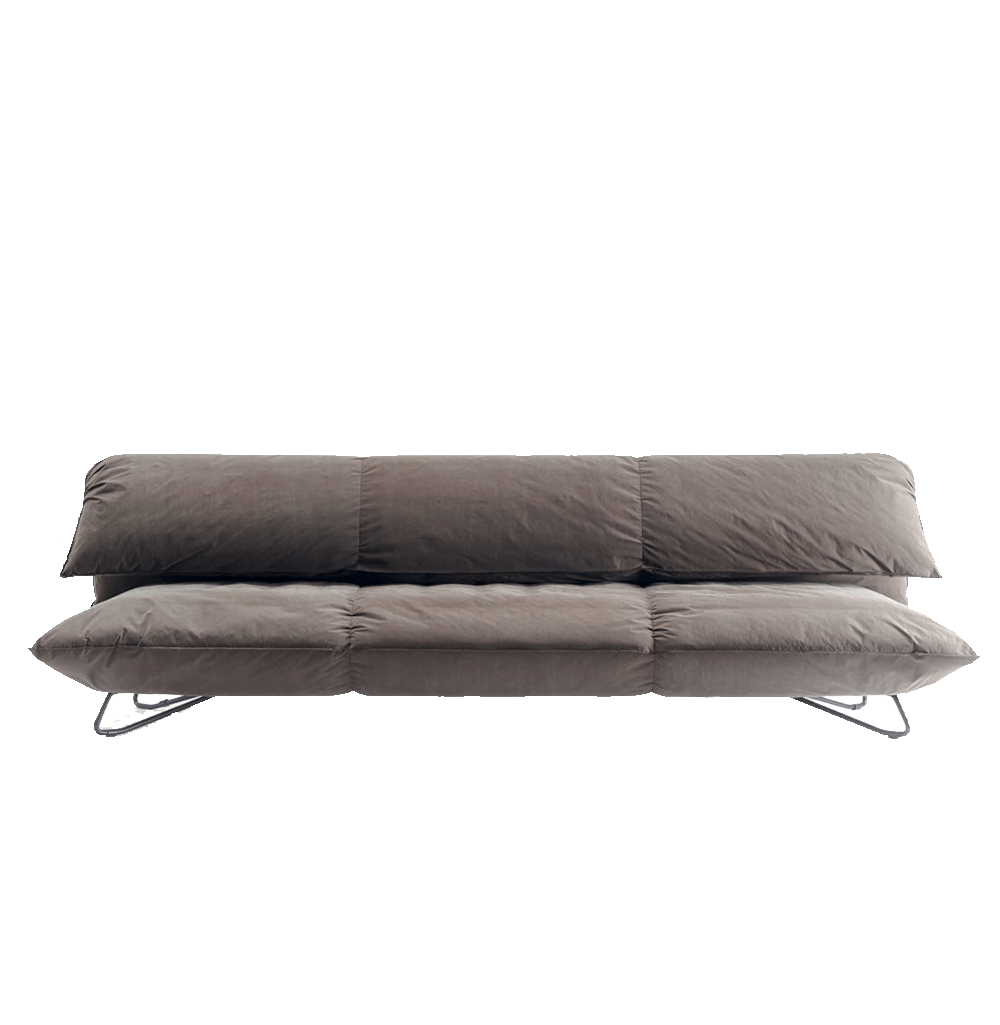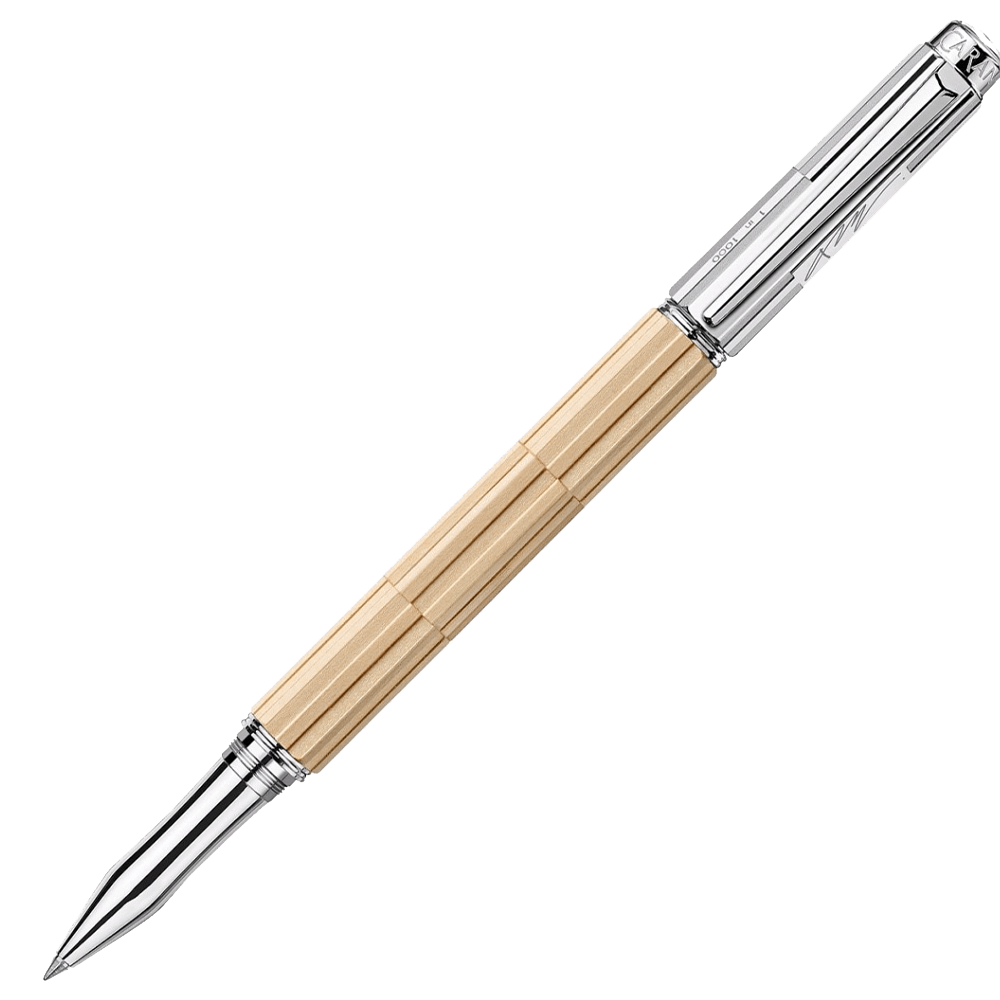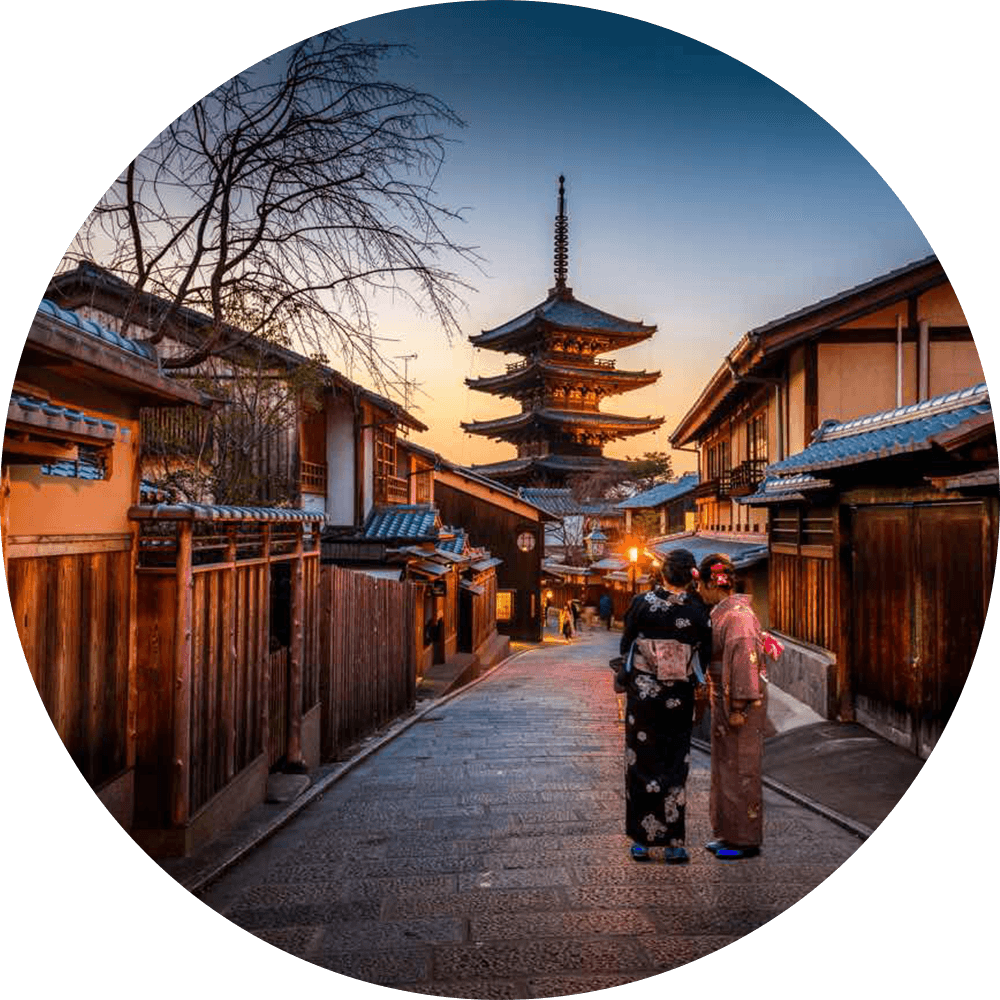Forests sprawl over ninety percent of Yusuhara’s landscape, the mountainous Japanese town in Kochi prefecture, home to just over 3000 people. Its stacked rice fields, the Senmaida of Kanzaiko, were described by writer Ryotaro Shiba on his visit as “an inheritance not to fall behind the Great Wall of China”. But, Yusuhara, hugged by the forests and close to the skies (its nickname is “Town Above the Clouds”) has many more inheritances. It is home to the delightful, experimental, and predominantly wooden structures of visionary modern Japanese architect Kengo Kuma.
Kengo’s mighty structures redefined Japanese architecture. But don’t put it to him that way. “I don’t think that it is necessary to change form in each age”, Kengo told Semaine. An extraordinary statement for the Japanese architect whose designs, ones alive to their environment, ones that arrive to fanfare in Japan, ones that do what the best of architecture does, which is to induct awe and bend the arc of history, end forms and movements like a period. Kengo clearly rejects Bauhaus architect Hannes Meyer’s assertion that “Each age demands its own form.” Nothing so dogmatic or prescribed maps the biography of Kengo’s work.
The spectacle, such as it is, of a Kengo Kuma artifice accumulates in the relationship between form, function, and nature. The way the landscape hugs the structure, the way his humility allows for a kind of grace to flow in into the objects; it is as though Kengo suffuses the space, his modesty as a person flowing into his practice. We asked Kengo what, to him, the meaning of good taste was: “Humility”.
Kengo’s aesthetic—incorporating ancient materials, freethinking in its simplicity, praising the osmotic boundaries of interior and exterior—is applied as much to monuments of cultural import to cultural oddities. The Asakusa Culture Tourist Information Center in Tokyo, his experimental, 148-foot-long cedar Wooden Bridge Museum (in Yusuhara), but also those of his latticed cypress forms, housing a pineapple cakeshop in the Tokyo neighbourhood of Minami-Aoyama, all these have furthered the vernacular of Japanese and world architecture.
Images by Creative Commons.
Kengo’s romance with architecture, like all good love stories, begins with un coup de foudre. It is a rather simple story, one he can recite excellently, because he still adores the building—Kenzo Tage’s Yoyogi National Gymnasium, in Tokyo—so ardently: “When I was 10, I saw the Olympic Stadium in Tokyo by Kenzo Tange. That is the moment I decided I wanted to be an architect. Since this moment, architecture has evolved me everyday of my life.”
There is a deep wellspring of affection for Kengo in Japan. In some five decades as an architect, the unassuming author of his own timeless style, he best describes his efforts thus: “I am making a conscious effort to create something.” Founding his eponymous firm in Tokyo in 1990, Kengo had studied under architectural theorist Hiroshi Hara, with a fellowship at Columbia University under his belt. At the time, the yen was soaring, though beginning to feel the first shivers of mortality, postmodernism was dead (according, at least, to Kuma), and a fecund relationship thrived between Kengo and fellow modern architects was blooming.
It has been like this for Kengo, architecture following from life, but the vicissitudes of our modern world have upturned the definition of his trade: “The climate crisis has pushed my intuition, which is to design my architecture in wood.” It’s time. Reorganizing the principles of form in favor of environmental design, alight in his rural, prolific works in Yusuhara, Kengo’s elegant and modern buildings will always feel at home in their landscapes; whether we will follow, however, is another question: “To be honest, I want to forget about modern architecture….[In the future] People will go away from architecture, and go back to the field.”
By Jonathan Mahon-Heap for Semaine.
When asked for his recommendations, Kengo admitted that he’s not interested in digital which is no surprise considering his practice. But, if there’s one thing to watch (apart from ‘Knowing Kengo’ of course), is Citizen Kane the film that left a profound mark on Kengo as a boy.
1:
Citizen Kane
Orson Welles
“I saw this when I was 12 years old, and felt for the first time “the emptiness of life.”
Back to the basics with Kengo.
Tsumiki Stacking Blocks
Spoon & Tamago
£55.00
Take! Bamboo Chair Long
Snow Peak
£215.00
Magewappa Bentwood Sake Bottle
Native & Co.
£65.00
MA Sofa
Time & Style
£9,063.00
Grey down pillow
MUJI
£14.95
Fire table (SET-1125)
Snow Peak
£230.00
Disposable Chopsticks
Yoshino Sugi Hashi Association
£35.00
Compact 1802 tumbler
Kimura Glass
£21.00
Ballpen
Kengo Kuma x Caran d'Ache
£850.00
Asics Metaride AMU Kengo Kuma Bamboo
ASICS
£400.00
“To spend in the tent at the desert camping.”
Hot spring
Yufuin Oita Japan
“To take the hot spring bath in the field landscape.”
The River of Amazon
Brazil, South America
“To eat Piranha fish which has a similar taste as Japanese fish.”
Safari Tour
Botswana Africa
“The tour of Safari.”
“To walk in the small street in the old town.”
“When you love what you do, you find inspiration everywhere and in everything. It’s very easy to be passionate about lots of different things when you enjoy life.”
The Book of Tea
by Okakura Tenshin
“This book taught me the substance of the Japanese traditional space design.”
In Praise of Shadow
by Junichiro Tanizaki
“This book taught me the way to use the light in space.”
The little Prince
by Antoine de Saint Exupéry
“This book influenced me to have envies to go to Africa. When I reached at the Sahara Desert I got many hint from the African Village.”
Journey to the East
by Le Corbusier
“This book taught me that Le Corbusier was not only the modernist architect but also had many influences from eastern culture.”
Une monographie décalée
by Sophie Houdart
“Sophie Oudart who is the anthropologist wrote this book in working and observing at my office for one year. I discovered my way to work through this book.”
Get to know Kengo like you never have before.
What does the word “taste” mean to you?
Kengo
The habit of my body.
Do you have a life motto that you live by?
Kengo:
Living with fun.
What was the last thing that made you laugh?
Kengo:
During lunch today, the topic of the Covid-19 vaccine.
What are your favourite qualities in a human being?
Kengo:
A connection with people.
Who is your hero?
Kengo:
Frank Lloyd Wright.
What is your biggest flaw?
Kengo:
I cannot be patient in long meetings.
What is your best quality?
Kengo:
Waking up in the morning, I can erase over everything that happened the day before and start the day in a positive way.
What would your last meal on earth be?
Kengo:
Fresh egg on rice.
What does success mean to you?
Kengo:
A reduction of freedom.
If you had the power to change anything you wanted in the world, what would you change?
Kengo:
I would change the concrete city to the wooden city.






























